Foreward
Roughly a year ago I was contacted by a man named George Edmonds. He wanted to talk to me about books he wrote revolving around his home town of Wyomissing.
George was kind enough to share photos with me as well as send me a copy of one of those books, “Dream Gardener – Pioneer Nurseryman Bertrand H. Farr” to review for Berks Nostalgia. It is difficult for me to do the book justice in a mere article. The following is my attempt. If you enjoy it, consider purchasing the book as it has considerably more detail. George is also the author of Wyomissing: An American Dream. Both of them are fairly difficult to find but I was told the Wyomissing Library may have copies available for purchase.
From Pianist to Peonies
Bertrand H. Farr was born on a farm in Windham, Vermont in 1863. His family moved to Wisconsin when he was five and finally settled outside Webster City, Iowa when he was eight years old. It was there on his Father’s cattle farm that he became a very talented pianist. After a stint in Boston where his musical prodigy career failed to materialize, he returned to Iowa in 1886. How exactly Farr made it to Reading is unclear. Beginning in 1891 Reading’s business directory lists him as a piano tuner and later the owner of a music store at 809 Penn Street.
In 1896 he briefly returned to Iowa to marry Anna Willis. He brought her back to their newly constructed home on Wyomissing Boulevard; one of the very first in the developing suburb of Wyomissing.
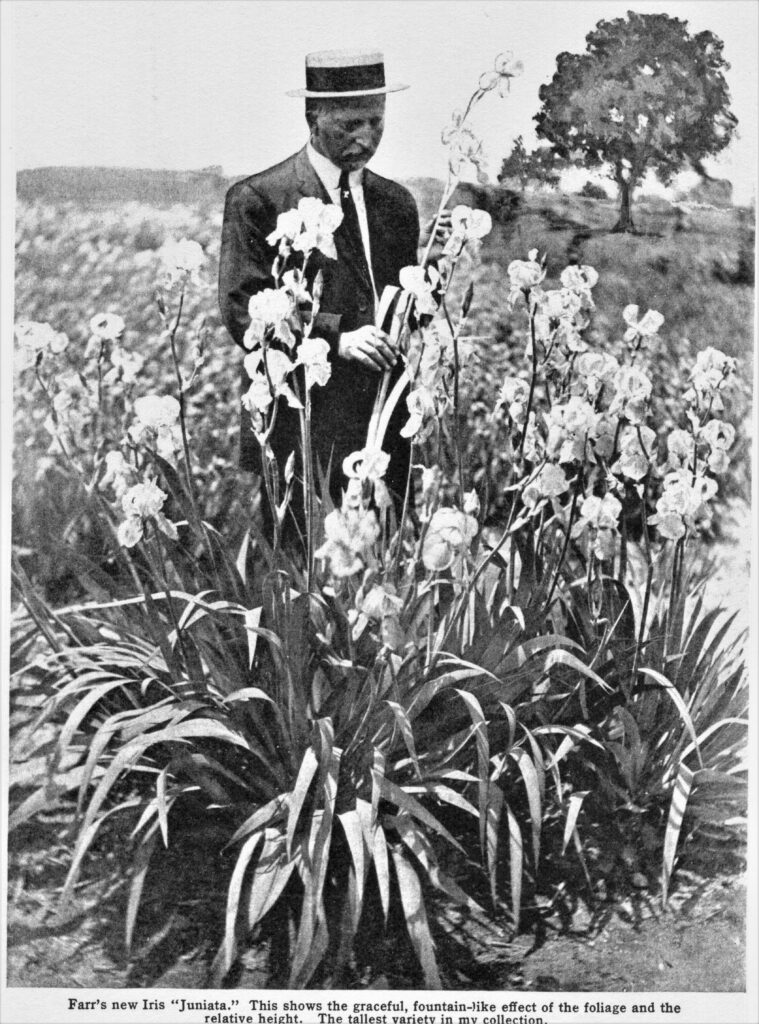
To understand Farr’s story one must understand the context of Wyomissing at the time of his residence there.
Shortly after Farr established his piano tuning business in 1891, two German immigrants named Ferdinand Thun and Henry Janssen also moved to Reading and started a textile business. By 1896 the influx of orders for their products overwhelmed their production capabilities in the small building they rented. Looking for a way out, the men cut a deal with The Reading Suburban Real Estate Company who was developing farmland that was to become Wyomissing. For $1 they were given land on which they would build their rapidly expanding textile empire. In a repetitive nature, Janssen and Thun moved to Wyomissing the same time Farr did. Unsurprisingly, the men would become friends and business partners.
How Farr made the transition from music to flowers is equally as hazy as how he arrived in Berks. It was around his move to Wyomissing that he gained more yard space which prompted him to collect and grow plants first as a hobby. Farr was an active community member, playing a key part in Wyomissing becoming a borough in 1906 and served as its first Mayor. Around this same time his appreciation for horticulture was flourishing as he would publish his first plant catalog in 1908. His nursery’s headquarters and greenhouse were located at 1230 Garfield Avenue.
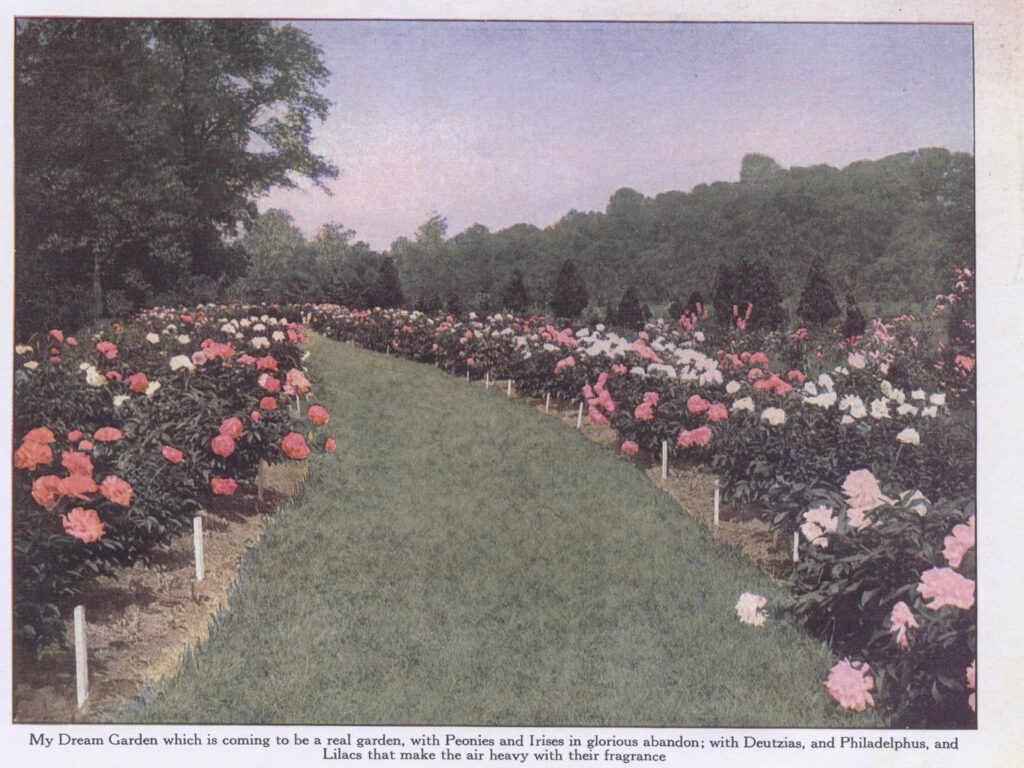
Farr imported a variety of peonies and iris flowers amongst hundreds of others plants domestically and globally. Edmonds spends chapters 3 through 5 explaining Farr’s affection and reverence for the Peony, Iris and other species of flowers in which he filled his fields. He spent years breeding hybrid versions of the iris to perfect certain colors. He pollinated the plants by hand – without the help of bees. Often times getting it “right” was a multi-year process spanning over multiple growing seasons and dealt heavily in trial and error.
His meticulous work earned him major recognition in 1915 when he sent 1,500 iris plants to compete in San Francisco’s Panama-Pacific International Exposition. Farr won the gold medal for best collection and rose to international horticultural fame almost overnight. Farr’s winning collection is considered the catalyst of modern American cultivation of the Iris plant.
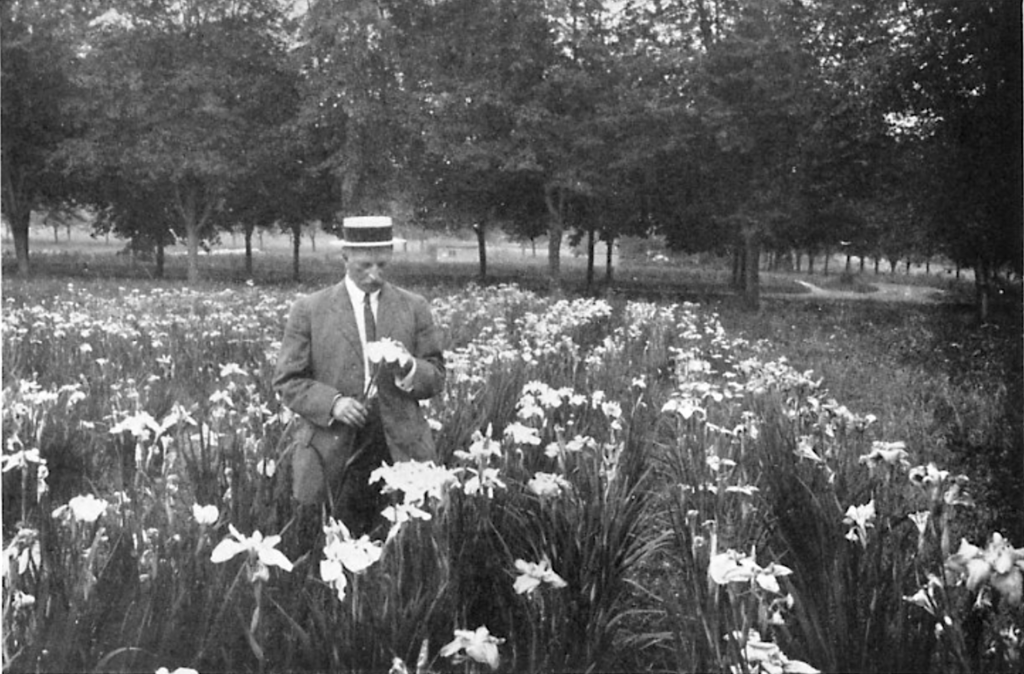
Similarly, Farr’s various peonies gained recognition and his sprawling gardens of them brought visitors to Wyomissing from all over the world. By 1918 his catalogue boasted 800 varieties of the plant. Farr’s influence in various flower societies and the industry at large was vast and can only be completely appreciated by reading the depth of it in Edmonds’ book.
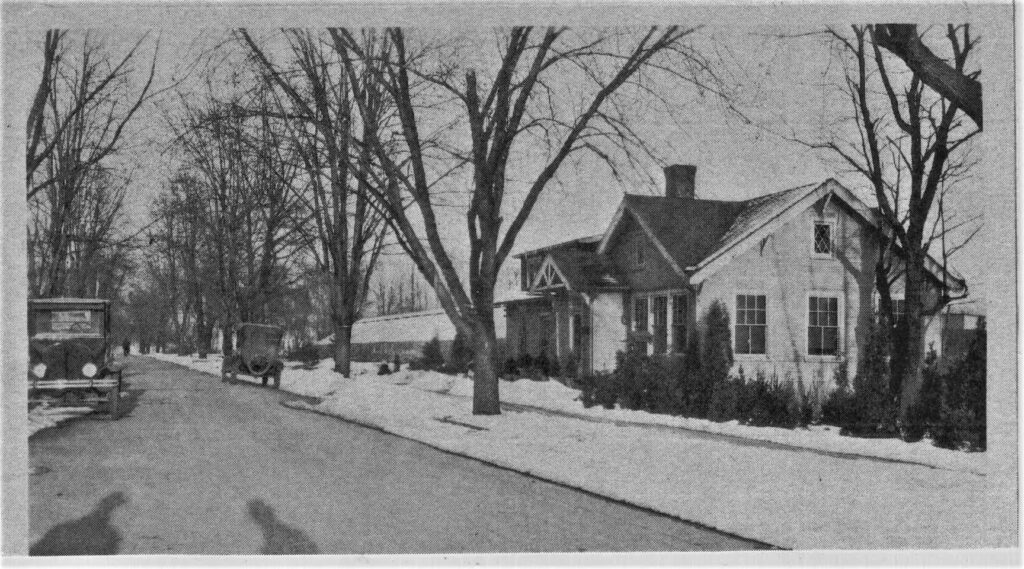
After leasing various lots on or near Garfield Avenue to grow for nearly the first 5 years of his horticultural career, Farr purchased his first tracts of land in 1913. It was a lush, gently rolling 73 acres south of the Wyomissing Borough’s then border, some of which ran along the Wyomissing Creek. It became the canvas for Farr’s “Dream Garden”. Within three years Bertrand Farr added 13 more acres to his parcel. It is at this time in 1916 that he also incorporated his business, officially under Bertrand H. Farr – Wyomissing Nurseries. Edmonds wrote that the move to incorporation was not Farr’s idea. Farr writes in his 1917 catalog,
One day a friend said, “Why don’t you incorporate and let us help you? Not that we want to make money, but we feel that Wyomissing, and you, and the fields of flowers are inseparable, and we, who have the interests of the place so much at heart, want to see you succeed and do greater things.
The “friend” is unidentified but Edmonds speculated that due to context and the use of “we” the source was the Wyomissing Development Company, headed by none other than the textile men Henry Janssen and Ferdinand Thun. The men had created WDC to residentially develop the area south of their textile business into a “company town”. The detailed history of which can be found from many sources, including George Edmonds’ other book mentioned in the foreward.
In 1915 Bertrand Farr beautifully described undeveloped Wyomissing and this “Dream Garden” in his catalogue,
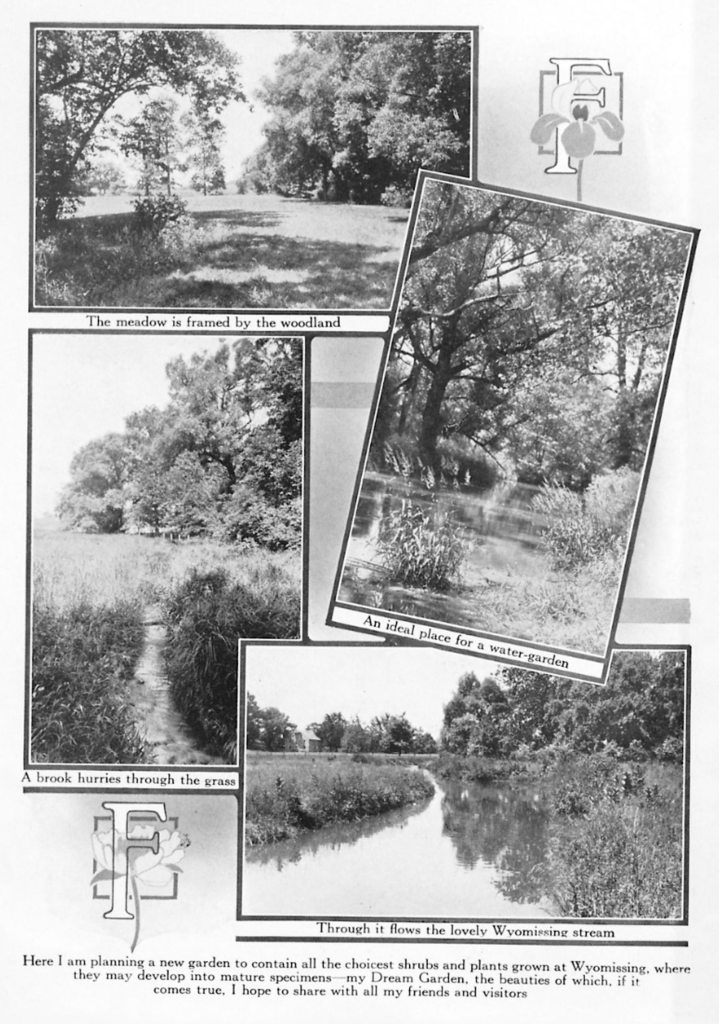
“Through [Wyomissing] flows the lovely stream which gives the town its name, and here, on both sides, I hope to plant a specimen garden, where some of each of the hundreds of varieties of Peonies, Irises, Phloxes, etc., and all of the shrubs and trees grown in Wyomissing may be concentrated and artistically arranged.
The meadow is framed in by the woodland and divided by the Wyomissing Creek. A little brook hurries through the tall grass. There are springs clear as crystals, and a little pond, all furnishing ideal conditions for a water-garden. There will be a Lilac and Iris, a Peony and Rose time, and so on throughout the season, if it all comes true, as I hope. And, when it does, I hope you can all come to see it.“
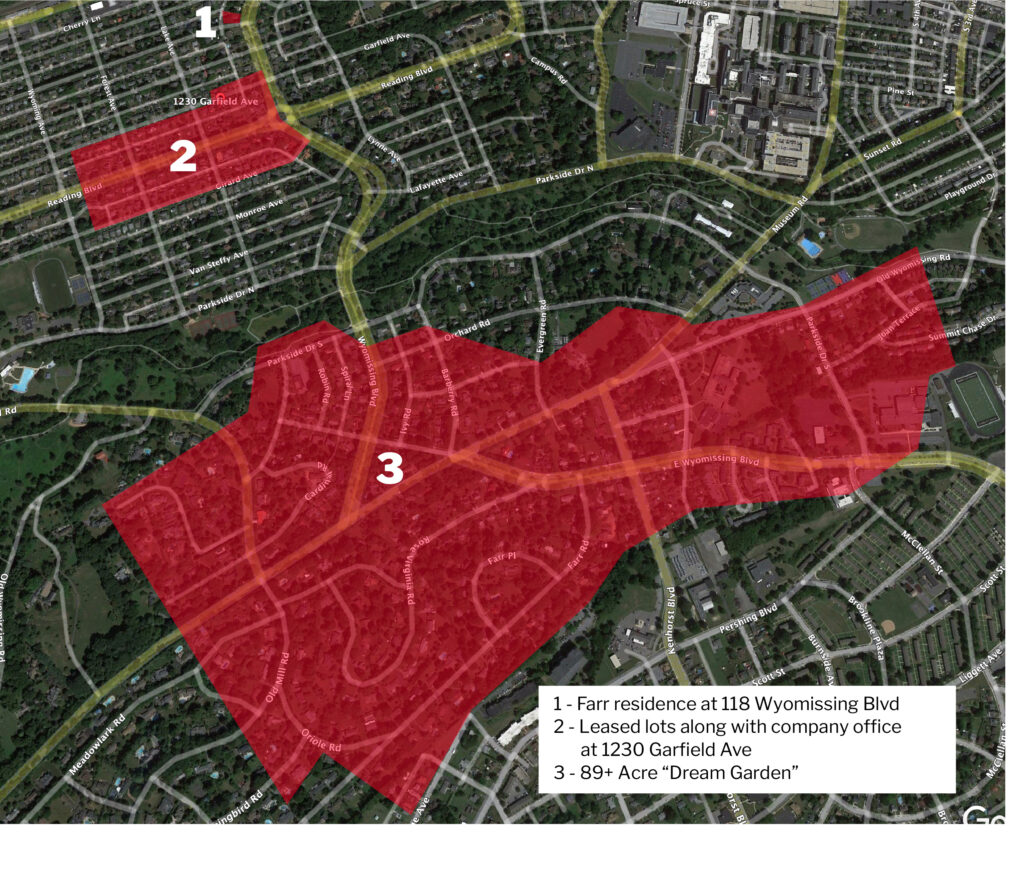
Surprisingly, only five years later in 1921 Farr sold his Wyomissing dream garden back to Ferdinand Thun for residential development. Simultaneously Farr began planning to move his business 12 miles west to the small, rural town of Womelsdorf.
So what happened to Wyomissing and Farr’s flower fields being inseparable?
The answer is multifaceted. In 1917, just one year after he made his dream garden purchase Wyomissing Development Company hired Milwaukee-based town planning firm Hegeman & Peets to create a plan for the eastern end of Wyomissing into West Reading. Much of this area was the tract that Farr just bought, to become “Wyomissing Park”. At this time World War I was in full swing and demand for flowers was low but Farr’s debt high due to the land purchase.
In 1919 H&P issued the layout plans for “Wyomissing Park” in booklet form.
The development of Farr’s fields were less complete than other areas, but included a “Farr Boulevard” which would have been a main throughway north to West Reading and connecting to Penn Avenue. In 1920 H&P was replaced as developer by John Nolan, who is now regarded as America’s first town planner. Under his plans Farr Boulevard turned into the much shorter and narrower “Farr Road“.
By 1922 Thun had bought back all of the land that briefly incorporated Farr’s nursery – except the lots surrounding the office on Garfield Ave. The nursery office and adjoining lots were sold privately after Farr’s death.
Just before his death in 1924, Farr revealed in his company newsletter that he was moving the nursery, but also expressed a positive attitude about the move and its advantages. Edmonds speculates in his book that this could all have been planned – the industrious Wyomissing Development men helped him incorporate his business and buy the land in 1916 – with the agreement that it would be easy to acquire from him when they were ready to develop it. He cites a quote of Farr’s in Webster City’s newspaper that was written about the development of Wyomissing,
We (here in Wyomissing) have a very progressive lot of people who are laying out the suburban surroundings under the direction of Mr. John Nolan, probably the most celebrated city planning expert in the United States. I have called their attention to the beautiful effect of your wide streets with unusually wide parking plots on either side and comparatively narrow driveway.
Farr writes almost amicably about the development of his land, and gives the developers pointers based on his hometown. Whether or not Farr was “in on the deal” remains a mystery. However if he was burned by Wyomissing Development Company the events in the following paragraph suggest he held no ill will as a result of it.
In July of 1924 the Reading Eagle broke the news that Wyomissing Development Company donated 55 acres (later reduced to 25 acres) in the 18th ward to build Reading’s new public museum and arboretum. In the article it mentions that Farr offered to donate a variety of trees and plants for this new arboretum. The groundbreaking for the museum did not occur until after his death but his company made good on his promise and donated the plants he planned out with the developer years before. Farr’s lilacs and most other donations are long gone, but some of his hardy trees are still standing there today.
Farr died suddenly of a stroke three days shy of his 61st birthday in October of 1924. His business was run for four years by his wife Anna, then bought out in 1928 by three men who had been his employees for many years. They did make the move to Womelsdorf – adjoining Conrad Weiser’s homestead – and the business continued under his namesake for nearly another century. Farr Nursery & Landscape Co. sold their Womelsdorf property in 2012. That property still houses a nursery.
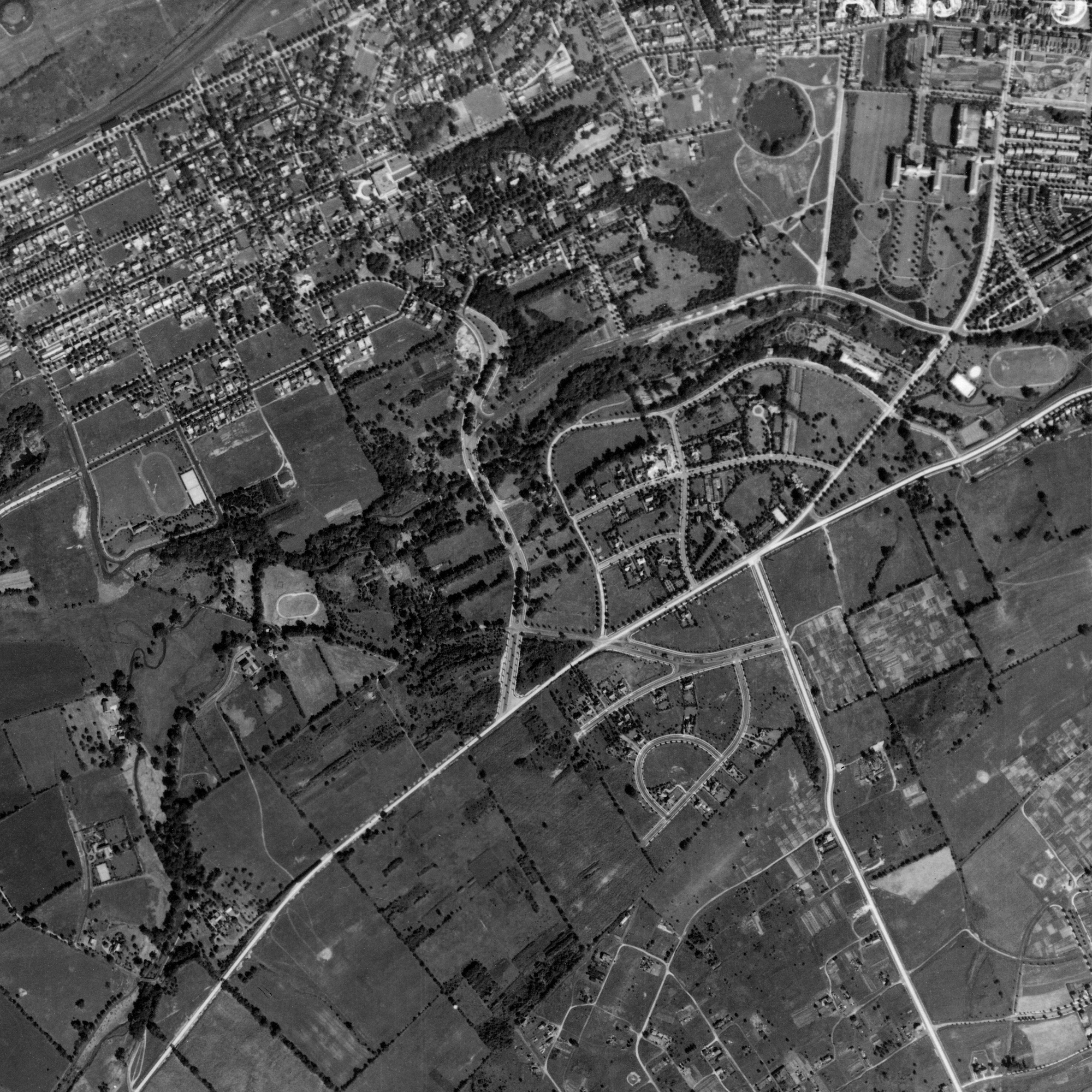
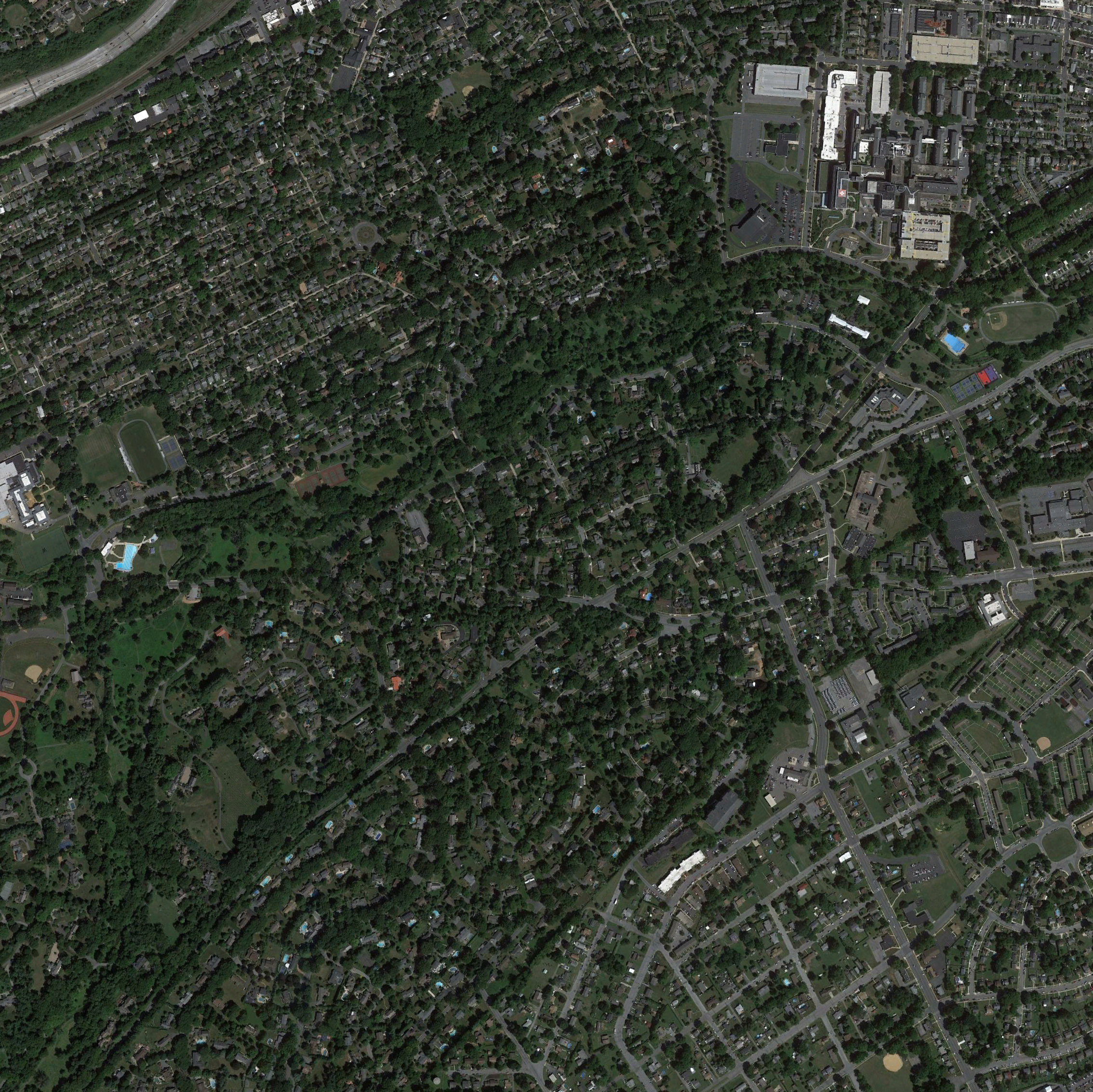
Much of Farr’s undeveloped land still remained in the 1937 aerial compared to today
Most of Farr’s Wyomissing dream garden wasn’t actually developed until after World War II. The unsold plants that remained when his company moved to Womelsdorf were left in the fields and grew untamed for many decades. Plants of his may still exist naturally on the now-developed land. Much of the acreage that comprised Farr’s dream garden would become the housing subdivision we today call “Birdland”. The Farr Road previously mentioned still exists. It is surprising the developers didn’t utilize his various flower species for the theme of the development and street names.
Though, “Birdland” was not completely unfounded. Bertrand Farr was fascinated with all facets of nature as was evident in this excerpt he wrote in his 1909-1910 catalogue about his boyhood in Iowa,
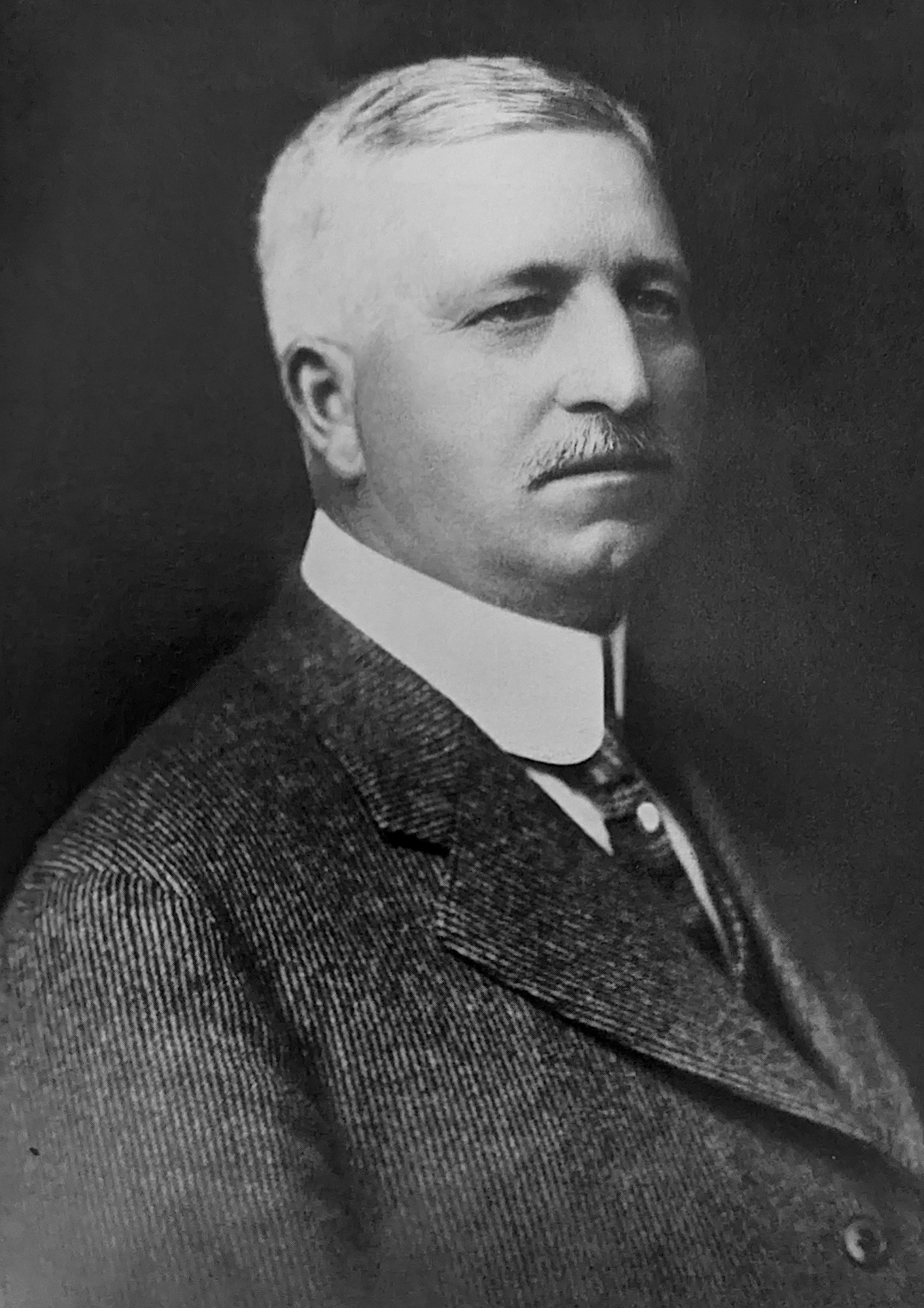
“There was the clear, open water in the center, hedged around by the tall green rushes, where the red-winged blackbirds had their nests. Farther out, surrounding it all with a halo of shimmering blue, like the heavens themselves, grew the Irises – water flags, we called them. You had to wade to get to them, and the blackbirds would do a deal of scolding; but outside, rising straight up from the tall meadow grass, the bobolink would burst forth into such a rapturous ecstacy of joyous song that you stood transfixed with wonder, and as you listened to the bird, and gazed into the depths of the fragile flower in your hand, reveling in its soft, delicate beauty, it seemed as if life was all joy, and beauty, and gentleness.”
– B.H.F
About the Author
George spent most of his adult life away from Wyomissing but clearly held a fondness for the place he grew up. He and his childhood friends roamed the meadows that were once home to Farr’s prized collection. I recently was informed that George Edmonds passed away on October 8th.
When he got in touch last October I had a 3 year old and 6 week old – a good nights sleep was not in my immediate future and my free time was very limited. I explained this during our phone conversation and he empathized as he had two similarly aged boys; albeit 50-some years prior. My sympathies are with them and his wife. No matter how long and well-lived a life – a loss so immense will always be felt.
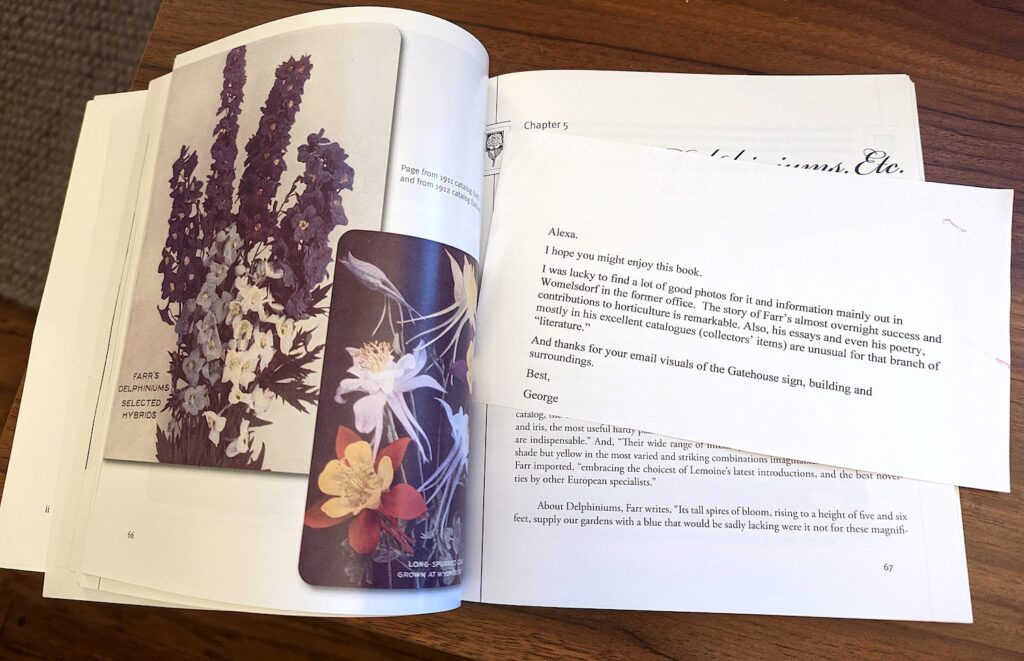
George – I did enjoy the book. I only regret I didn’t get this done sooner. You asked me to bring Bertrand Farr’s story to light for my readers and I hope I suitably have. Thank you for entrusting me with this task.
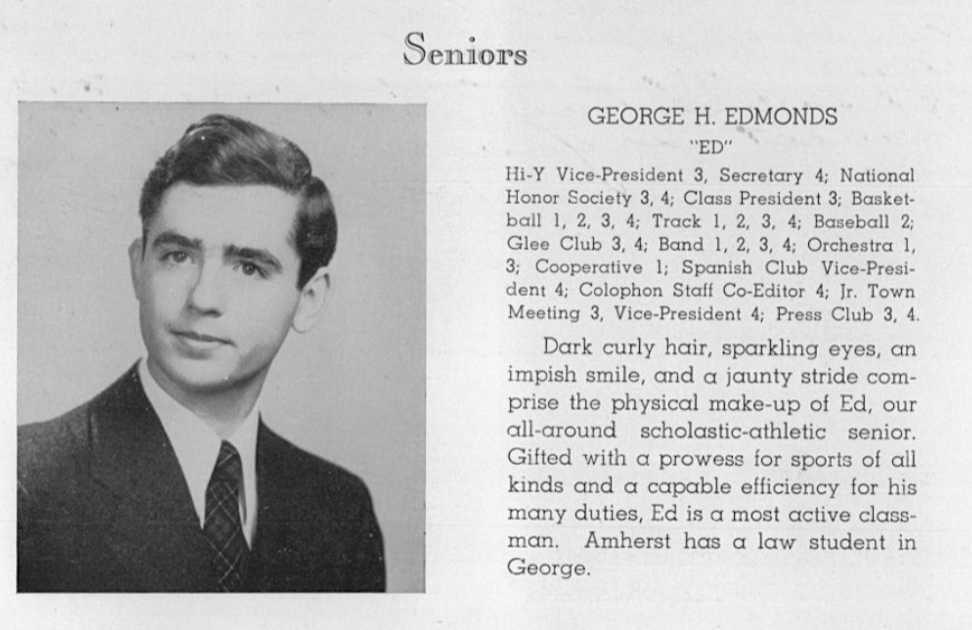
Next time you are driving down East Wyomissing Boulevard take a moment and consider the fields of colorful peonies and iris that once sprawled endlessly in either direction.
Think of Bertrand Farr and his contributions to the Wyomissing community and the global advancement of horticulture.
Remember George Edmonds and his dedication to ensuring none of it was forgotten.
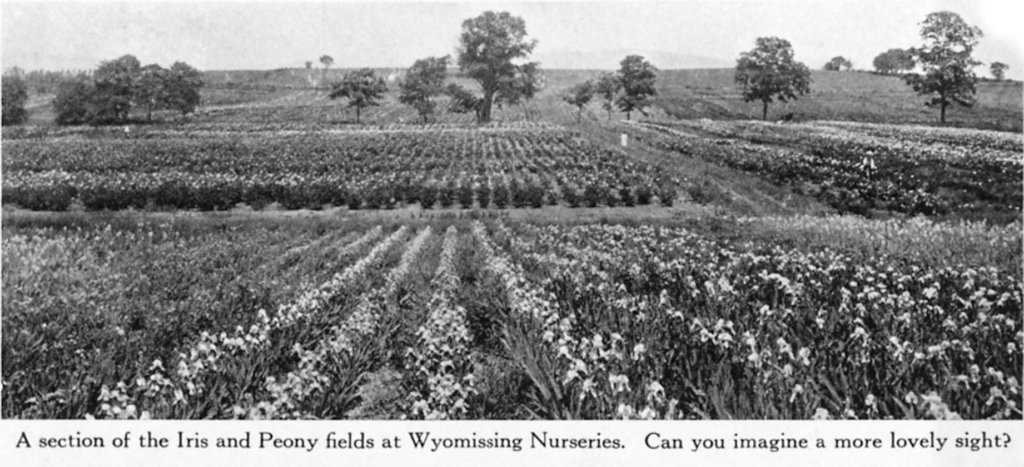

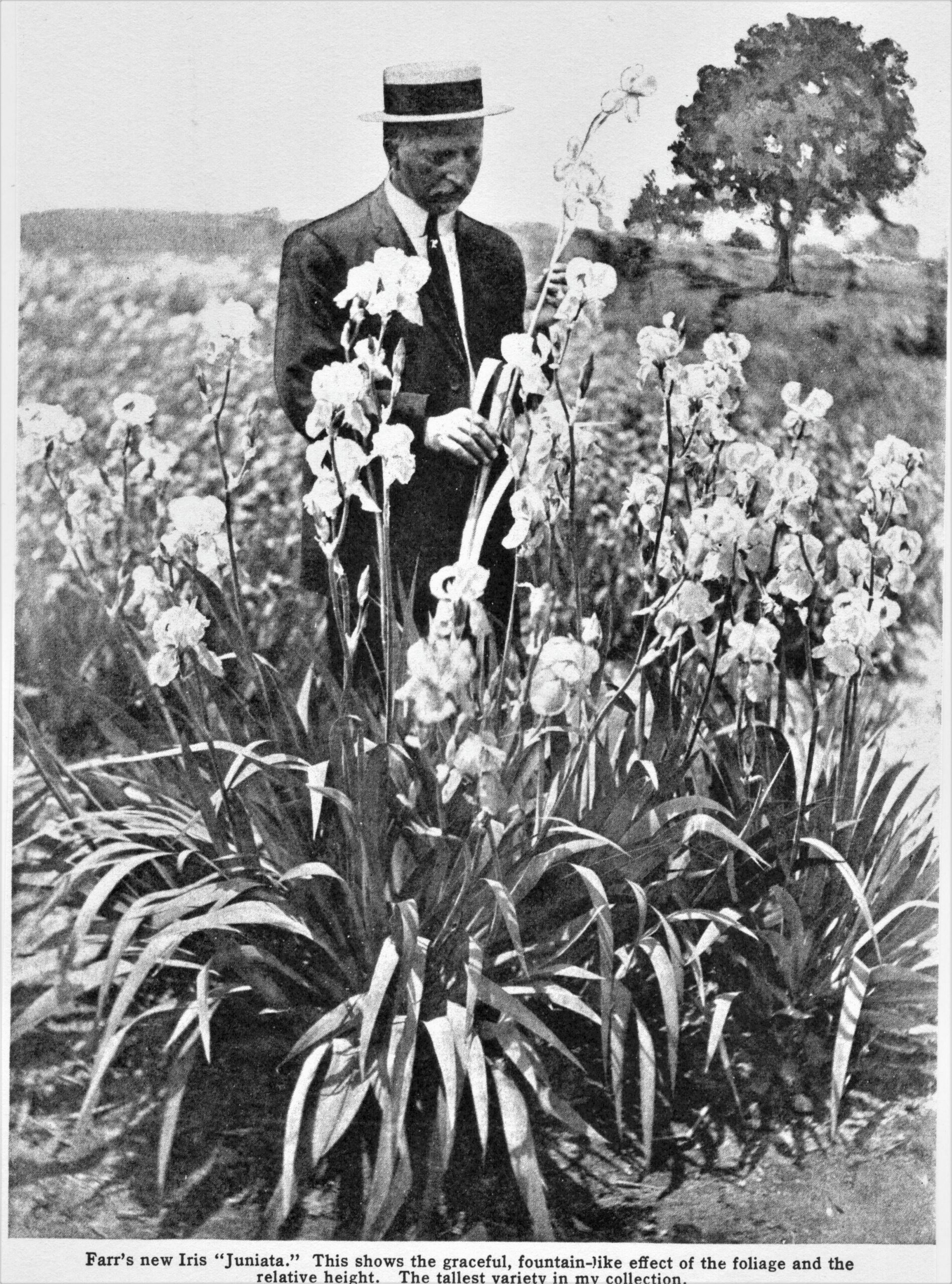
Fascinating story, Alexa- great work! I do think you did “justice” to Edmonds’ book. Lots of info about early Wyomissing- an area very close to where I grew up.
my grandfather was Elmer A. Muhs, the Landscape Architect for the Reading Museum Tract. My Father John was born on Oak Terrace and worked as a teen in the parachute factory. Anybody recognize the surname